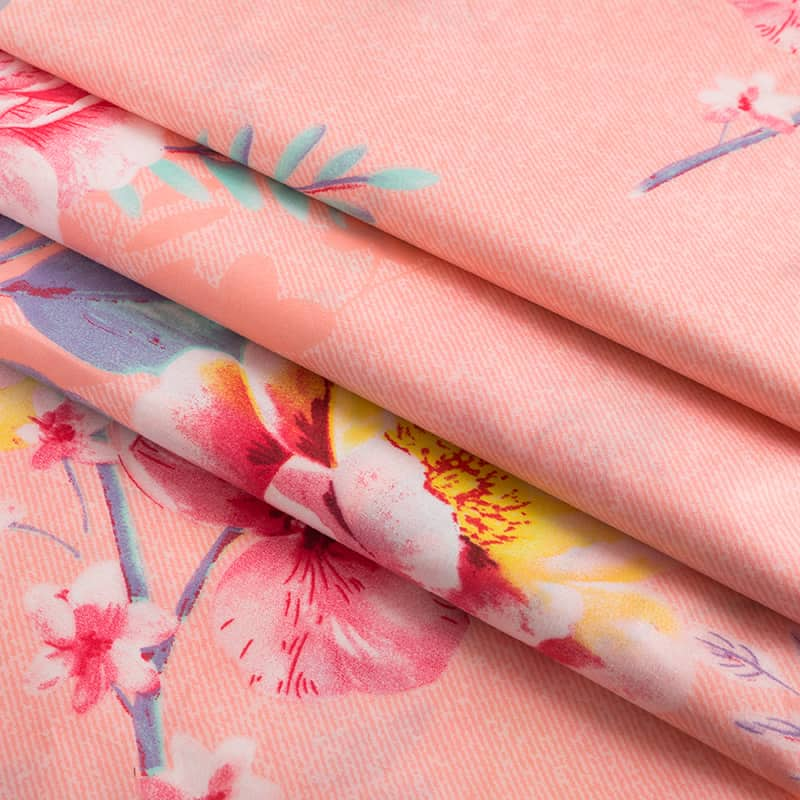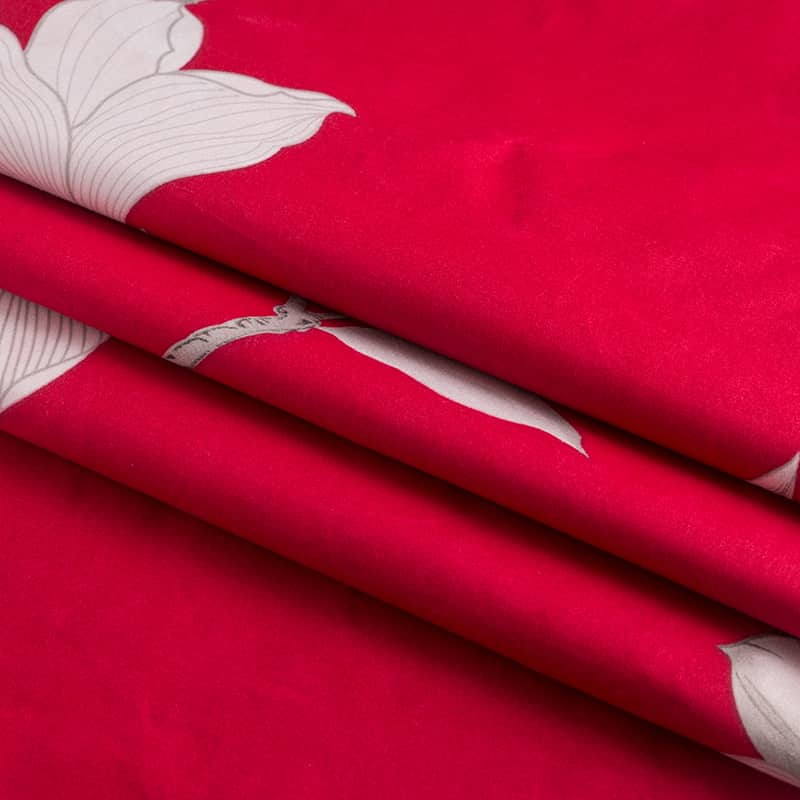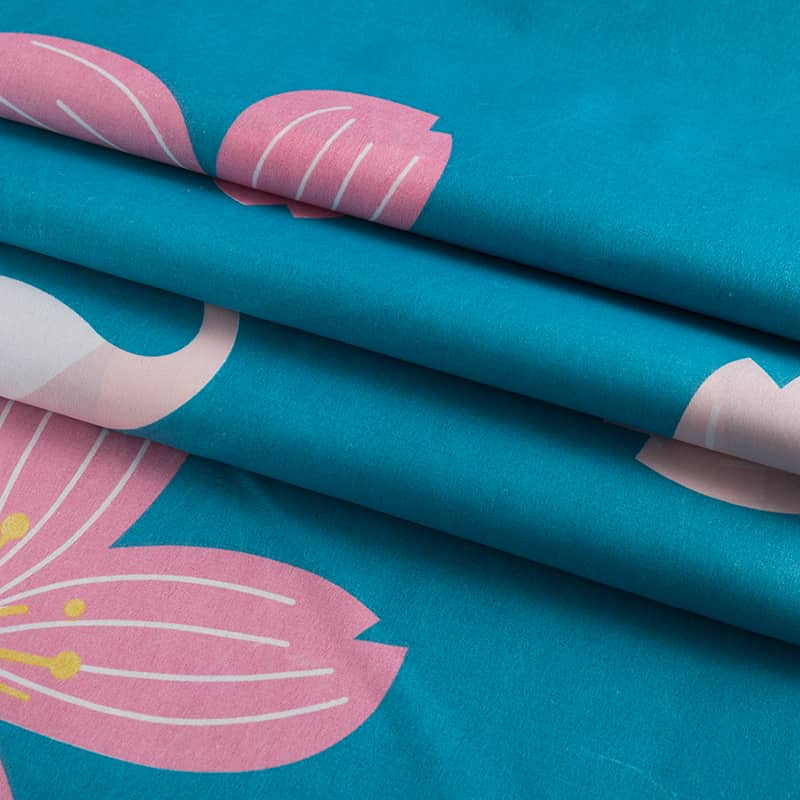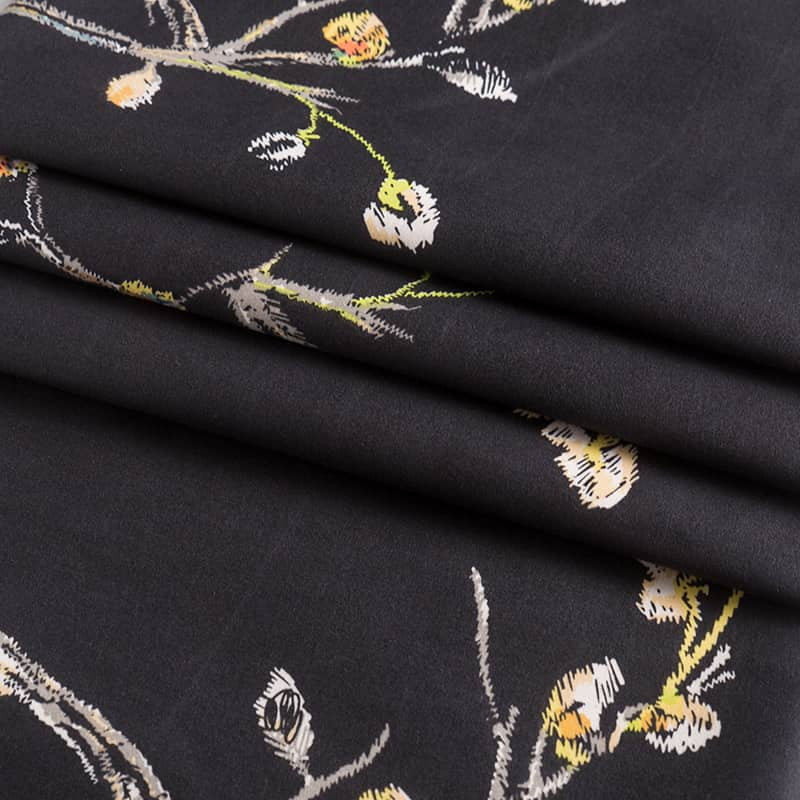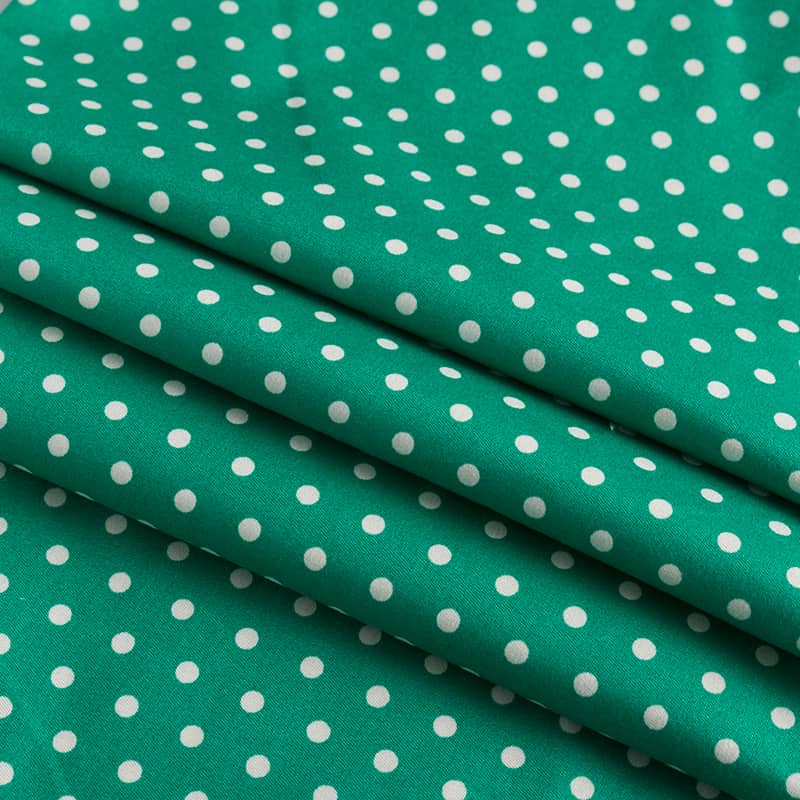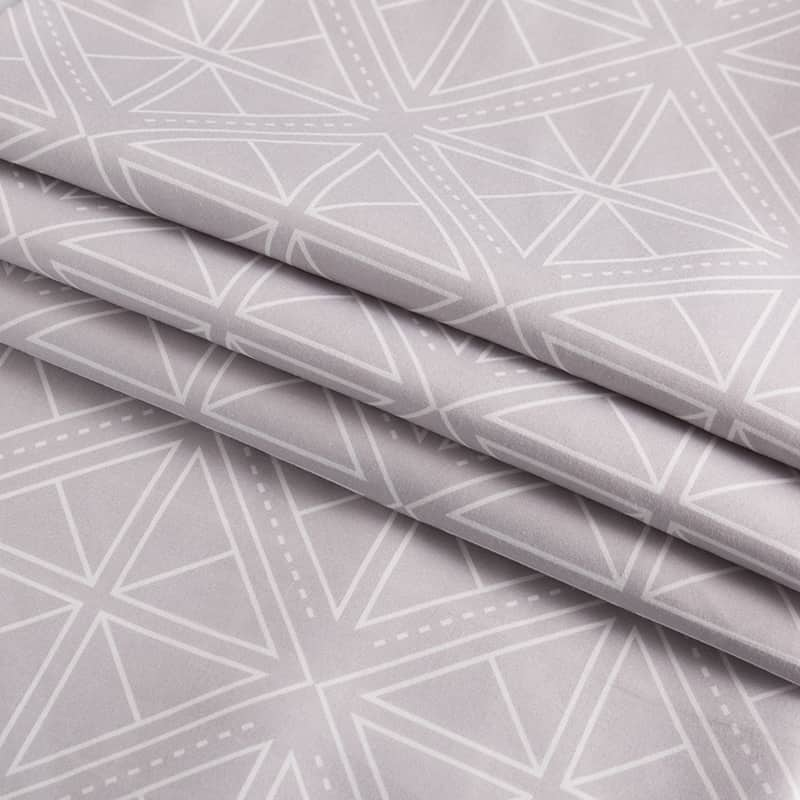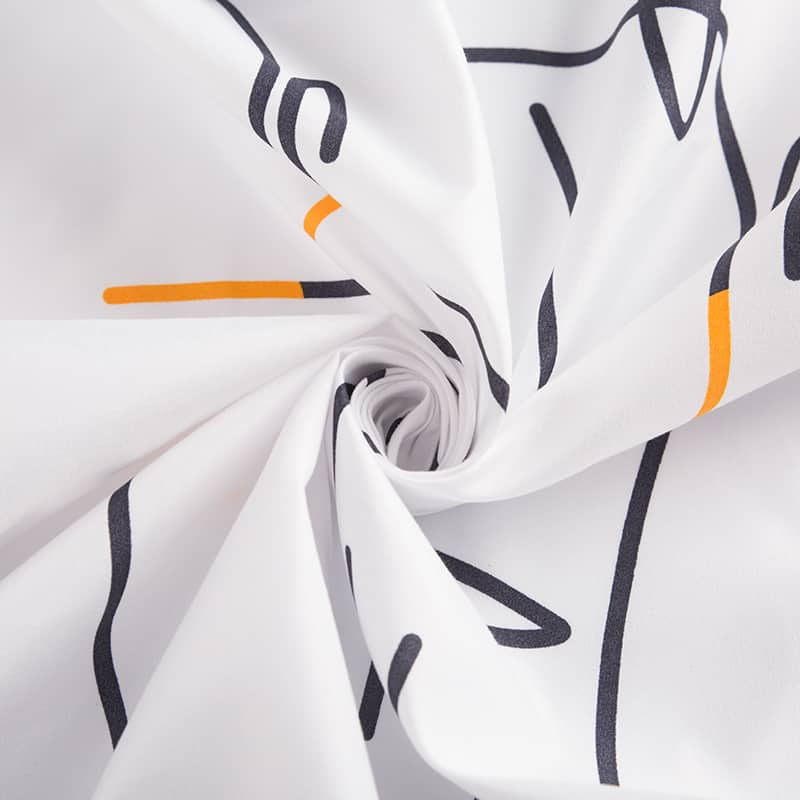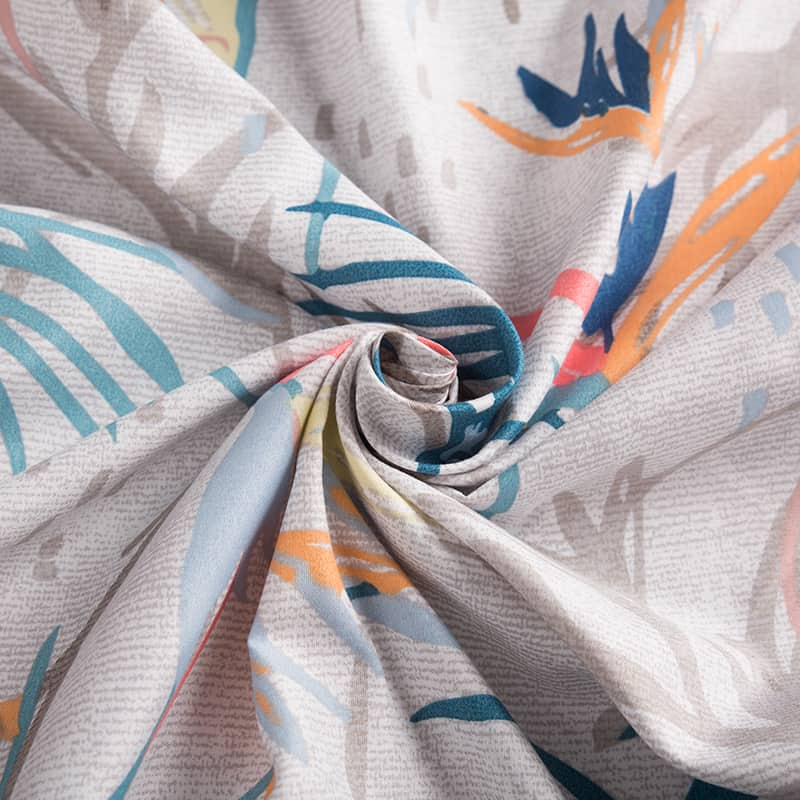Polyester is a famous cloth with many make use of, together with making non-slip fabrics that can be used to help save your gadgets from sliding around and getting broken. Nonslip fabrics are tremendous for preserving electronics, gear, and other things from slipping or falling out of vicinity throughout production and delivery, in addition to within the home. These long-lasting fabrics also can be used to make cushioned mats which can guard sensitive digital gadgets in the course of transport and garage.
The non-slip residences of these fabrics are because of small molecules that bond with the floor of any object. These small molecules shape a layer that is resistant to friction and keeps the item from moving, even if it is being dragged alongside the ground. They also are water-proof, which could assist in keeping the object secure from moisture harm.
Dying polyester is a manner that involves the use of dispersed dyes. These are the identical dyes that might be utilized by producers to shade their merchandise, and you should purchase them at most craft shops. You'll also want a warmth supply, as polyester calls for excessive temperatures to soak up the dye. In most instances, you will need to apply a steel pot on the stovetop.
Before you start, it is crucial to check out the object for any stains or different marks that would mar the finished product. If you do locate any, do your satisfactory to take away them before you start the coloring manner. Then, put together the dye bath by adding a thickener, which includes alginates or locust bean ethers. The thickener facilitates the dye to persist with the polyester fibers and guarantees that it might not wash away throughout the dyeing procedure.
Once the object has been very well wiped clean, it's time to add the dye. Measure out the amount of dye wished for the object you're working on, and mix it with the recent water until dissolved. Add the object to the dye, and stir it lightly for about fifteen minutes. Then, allow it to rest for some other forty-five minutes before you remove it from the dye bathtub. Use gloves to eliminate the item from the dye, and rinse it under cool jogging water until the water runs clean.
You also can paint on polyester, however you may need to apply acrylic paint in preference to material paint. In addition, you'll probably want a cloth medium to thin the acrylic paint and prevent it from cracking as it dries. You also can stamp designs onto the cloth, although this is not encouraged for objects to be dealt with lots, as it may put on off over time.
It is viable to dye polyester, but you'll want to apply appropriate strategies and a unique dye designed for synthetic fabrics. Natural or food-based dyes are not well suited with polyester, as they do not merge with the fibers on a cellular degree. You can attempt boiling the polyester in a pot of extremely sturdy black coffee for an hour, however, the result can be a completely pale shade of brown that fades in the wash.



 英语
英语 西班牙语
西班牙语
